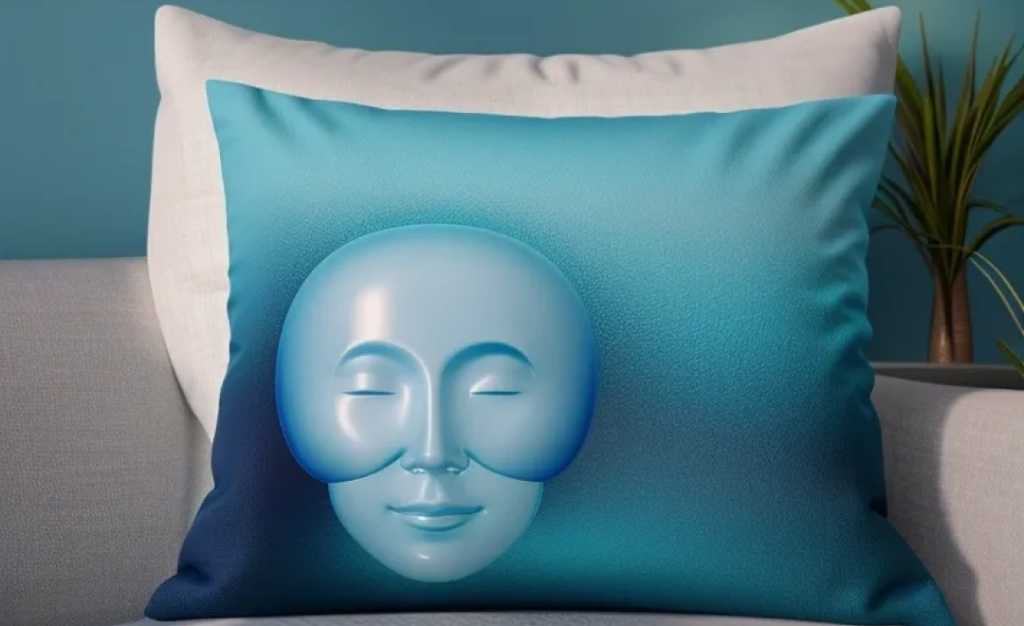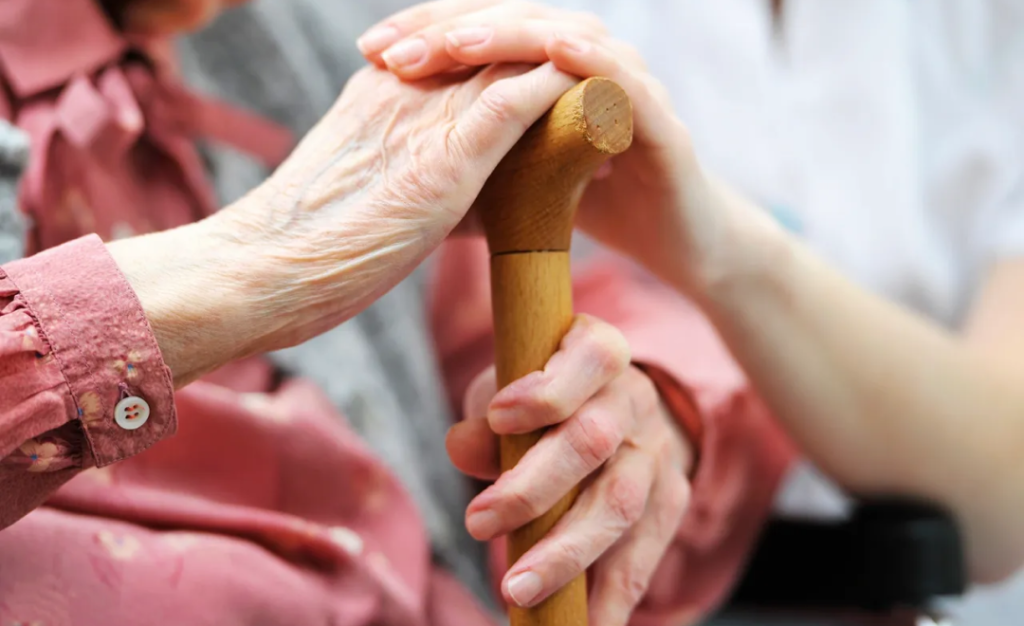Circadian Lighting in Care Homes: Moving Beyond the Buzzwords

Real circadian lighting supports healthy sleep, calmer nights and fewer falls
It must be personalised, data-driven and appropriate for ageing eyes.
Most colour-changing systems are not circadian and rarely move the needle.
Sustainable retrofit solutions minimise disruption and cost.
Imagine if light could calm nights, reduce falls and help people living with dementia feel more settled.
Now imagine investing in a care home lighting system promising just that, only to find nothing changes. Residents remain restless, staff are still under pressure and falls continue.
This is the risk with many products now marketed as circadian lighting in care homes. They look convincing, but unless they are grounded in circadian science, they will not deliver the outcomes that matter most for dementia care, staff wellbeing or falls prevention.
Why Circadian Lighting Matters in Residential Care
Older people in residential care spend up to 90 percent of their time indoors. Without exposure to healthy light, circadian rhythms, the body’s natural 24-hour cycle, drift out of sync. The consequences are familiar: poor sleep, confusion, agitation and faster cognitive decline.
When circadian rhythm lighting is designed correctly, it restores balance. Results we see repeatedly in care settings include:
- 43% fewer falls where circadian lighting is implemented and monitored
- Three times more light required by the average 75-year-old eye compared with a 45-year-old
- Improved sleep for residents with dementia, with less night-time restlessness and greater daytime alertness
- Better staff wellbeing, with calmer shifts and reduced fatigue
As one care home manager shared, “Our residents are sleeping through the night for the first time in years, not because of new medication, but because of new light.”
How to Spot “Fake” Circadian Lighting
Not every system labelled as circadian delivers genuine benefits. Use this quick check:
- Changes colour only, with no circadian metrics or timing control: it isn’t circadian lighting.
- One schedule for all residents or a simple 9 to 5 curve: it isn’t circadian lighting.
- Ignores the needs of older eyes and appropriate intensity: it isn’t circadian lighting.
- No data, no outcomes, no reporting: it isn’t circadian lighting.
- Requires disruptive rewiring without a clear clinical rationale: it isn’t circadian lighting.
Investing in the wrong solution risks spending thousands without addressing sleep disturbance, falls or staff stress.
Benefits for Dementia Care, Residents and Staff
Done properly, circadian lighting does more than brighten spaces. It supports health and daily function:
Impact on sleep, agitation and falls: Well-timed morning and daytime light strengthens circadian signals, which can reduce sundowning, improve orientation and stabilise mood. Calmer nights often follow, alongside a reduction in night-time incidents.
Lighting for ageing eyes: Ageing lenses scatter more light and transmit less blue-enriched light. Systems must increase appropriate daytime illuminance and tune spectrum carefully to achieve effect without discomfort.
Staff wellbeing: Healthy light patterns support alertness on shift and better sleep off shift. Teams report calmer environments and reduced fatigue when the lighting strategy is embedded properly.
Discover how LYS Circadian Lighting can enhance sleep quality and reduce falls in care homes.
What Good Looks Like: Personalised, Data-Driven, Care-Specific
At Spark Care, we are setting a new benchmark for circadian lighting in UK care homes. In partnership with LYS Technologies, pioneers in circadian science, our approach is:
- Personalised: Light recipes based on chronotype, age, and health conditions.
- Data-driven: Measure exposure, adapt over time and show results in clear dashboards.
- Care-specific: Designed for dementia care and older eyes that need more light.
- Sustainable and retrofit-ready: Circular economy hardware and easy installation that minimises disruption.
This is not just lighting as décor. It is lighting designed to improve sleep, reduce falls and support wellbeing.
Why Circadian Lighting Matters in Residential Care
Older people in residential care spend up to 90 percent of their time indoors. Without exposure to healthy light, circadian rhythms, the body’s natural 24-hour cycle, drift out of sync. The consequences are familiar: poor sleep, confusion, agitation and faster cognitive decline.
When circadian rhythm lighting is designed correctly, it restores balance. Results we see repeatedly in care settings include:
- 43% fewer falls where circadian lighting is implemented and monitored
- Three times more light required by the average 75-year-old eye compared with a 45-year-old
- Improved sleep for residents with dementia, with less night-time restlessness and greater daytime alertness
- Better staff wellbeing, with calmer shifts and reduced fatigue
As one care home manager shared, “Our residents are sleeping through the night for the first time in years, not because of new medication, but because of new light.”
Implementation: where to start
-
Baseline current illuminance and colour temperature in bedrooms, lounges and corridors
-
Prioritise bedrooms and night corridors for early gains
-
Personalise by resident profile and staff shift patterns
-
Measure sleep, incidents and staff feedback alongside light exposure
-
Optimise monthly using data from the system dashboard
Sustainability and Retrofit Without Disruption
We favour circular, serviceable hardware and retrofit-friendly components so you can achieve outcomes without a costly rip-out. This keeps resident disruption low and accelerates time to value.
Light as a Silent Carer
The most powerful part of circadian lighting is that it works in the background. It does not demand extra routines. It simply provides the right light at the right time, acting as a silent carer, supporting healthier rhythms, calmer nights and safer environments.
For Care Leaders: How to Get It Right
Care leaders today have a rare opportunity: to move beyond lighting that simply brightens a room, and towards lighting that restores health, dignity, and wellbeing.
True circadian lighting is not a marketing label — it is a proven, science-led approach that reduces falls, improves sleep for people living with dementia, and supports the wellbeing of care staff. The evidence is clear. The technology is ready. The future of elderly care lighting is circadian — but only if it’s done properly.
- Define outcomes up front: sleep quality, incident reduction, staff feedback
- Choose systems that are personalised and measurable
- Start with a focused pilot, then scale with evidence
- Report outcomes to your board and align with CQC priorities
Ready to See What’s Possible?
Not all circadian lighting is created equal. In UK care, Spark Care is setting the benchmark: personalised, science-backed circadian lighting designed for dementia care, ageing eyes and safer homes.
If you are serious about improving sleep, reducing falls and supporting staff wellbeing, book a consultation and we will map a practical, retrofit-friendly plan for your home.




